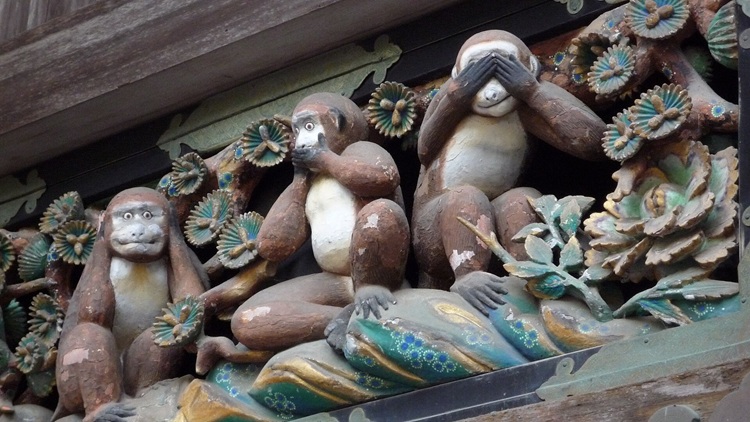The Fourth Monkey
especiales

This image is circulating on social media and, like almost all good images, it says more than a thousand words.
The legend of the Three Wise Monkeys is of Chinese origin, although it became more popular in the early 8th century in Japanese mythology, which dedicated the Toshogu Temple to them in the Japanese city of Nikko, where the wooden sculpture stands. In 1636, attributed to the Japanese cabinetmaker Hidari Jingorō.
Photo: taken from royumi.com
To the classic "Three Wise Monkeys" of the Eastern world—one who covers his eyes ("to avoid seeing evil"), one who covers his ears ("to avoid hearing evil"), and a third who covers his mouth ("to avoid speaking evil")—is now joined by a fourth monkey, lost in the screen of his cell phone.
If the shoe fits, wear it. The truth is that this upstart could well represent contemporary humanity, absorbed by technology to the point that they can't see, hear, or speak... not out of wisdom, but out of disconnection.
The great and dangerous paradox of how connection can lead many to a total disconnection not only from reality, but from themselves, in a regression that implies social isolation disguised as hyperconnectivity.

This fourth monkey, added to the trio of the three wise men, seems to indicate, through irony, how the abnormal is becoming normalized: physically close, but distant, alien, increasingly forgetting the ability to truly connect with others and to be truly human.














Add new comment